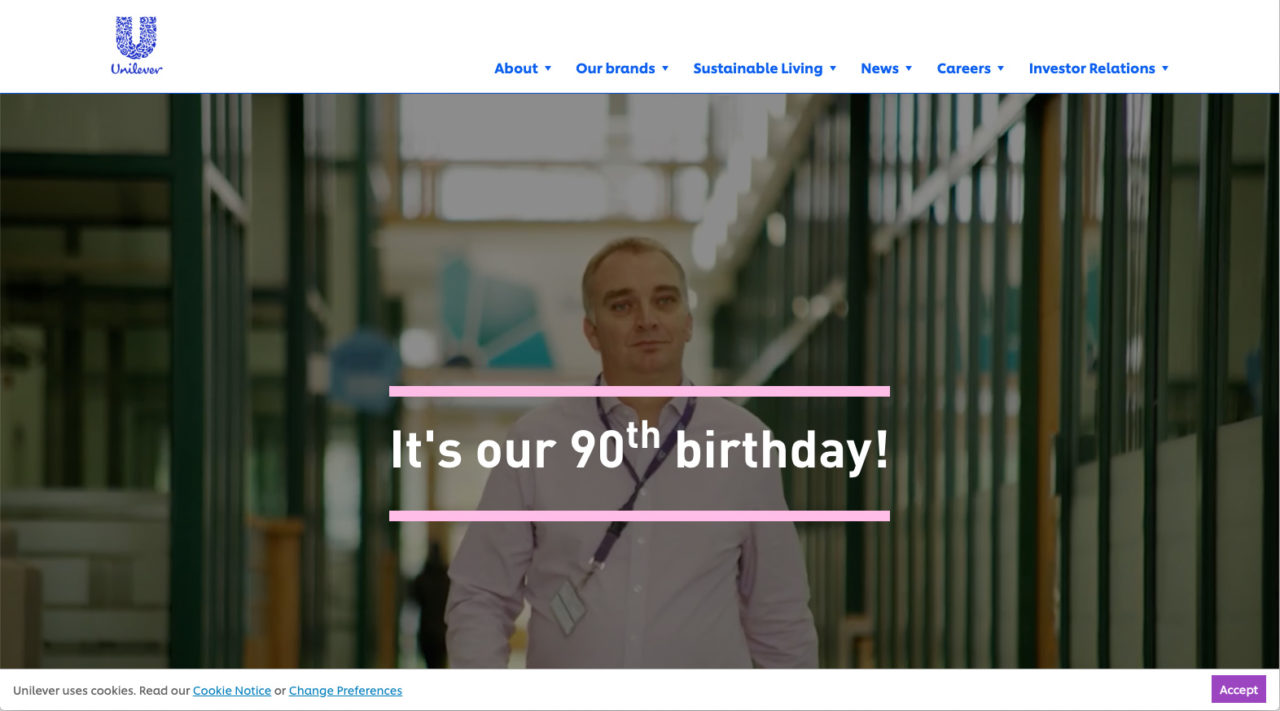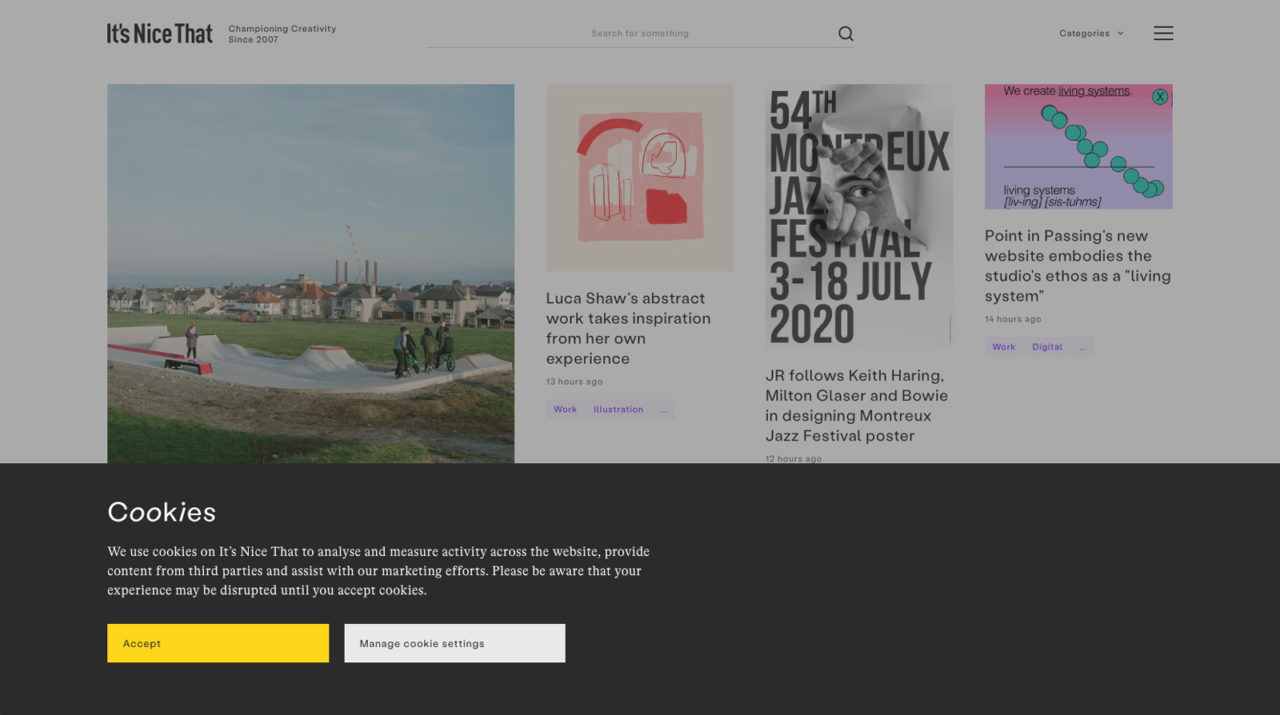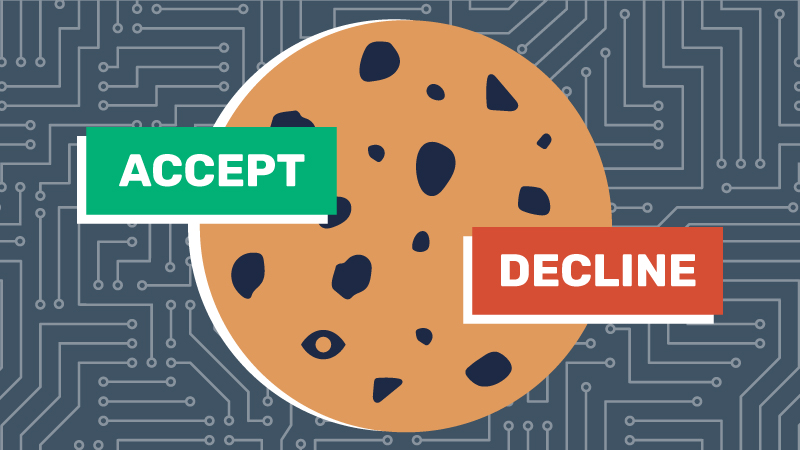Why You Should Let Your Website Visitors Opt Out of Data Collection
WANT TO SEE MORE LIKE THIS?
Sign up to receive an alert for our latest articles on design and stuff that makes you go "Hmmm?"
It’s time to add informed consent on your website.
You know the drill by now. A banner appears at the bottom of your screen announcing, “This website uses cookies.”
You sigh and click the “Accept” button. You need to use the website, so there’s no other choice.
That pattern is about to change.
Data collection and security concerns are changing the way people browse the internet. Privacy breaches and security breakdowns have illustrated the amount of personal data businesses collect. (It’s a lot.) Visitors now expect that websites give them deep control over their personal information.
Cookies, Content, and Consent
This requires a significant shift for businesses. The drill we described earlier is an example of implied consent. By continuing to use the website, you implicitly agree to let the business collect your personal information. This is true even if you didn’t click the “Accept” button.

In implied consent, the only way for someone to decline permission is to stop using your website. This is a clear risk for any type of business. Your website is your calling card, your brochure, and how new customers find you.
Businesses can gain their customer’s trust by adopting a policy of informed consent. Informed consent uses language and interactions in service of:
- Competence: Do people understand what they’re agreeing to?
- Agency: What is their power in consenting?
- Confidence: Do people have an acceptable level of assurance about entering this agreement?

Informed Consent Respects Users’ Privacy
Website creators can help by creating interfaces that prioritize these questions. Think back again to the banner at the bottom of your screen. These pop-ups should explain what data is collected and how to opt-out of that collection. Rewriting the sentences to use accessible language is a good place to start. Use clear, simple, and concise language, like this:
We use cookies at Glantz Design to measure activity on our website. You can read about what information we collect and how we store your data in our privacy policy.
Designing smarter default actions is essential as well. Instead of pushing a user to click “Agree,” website visitors should be nudged to take control of their privacy settings.
Informed consent on websites is about to become table stakes across the internet. Are you ready to adapt your business to it?



